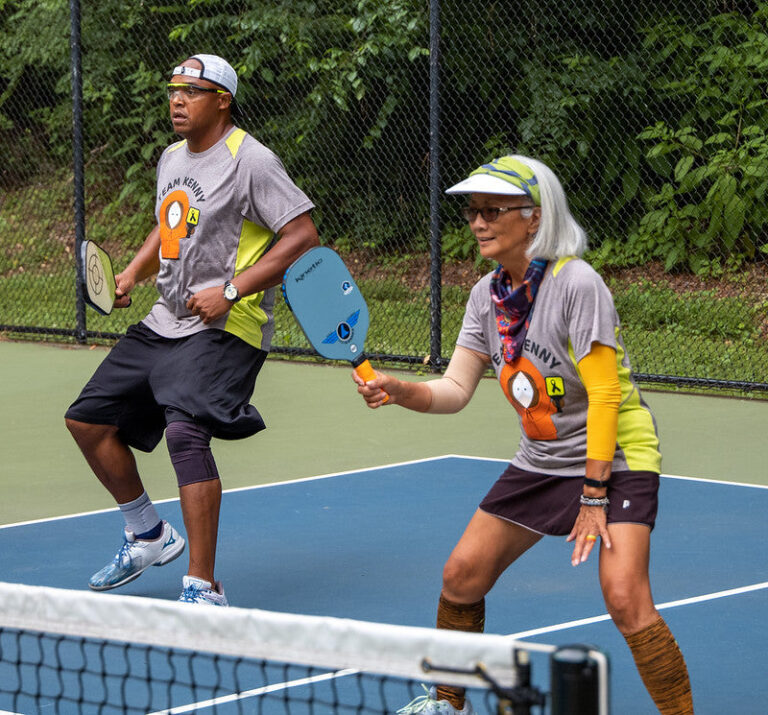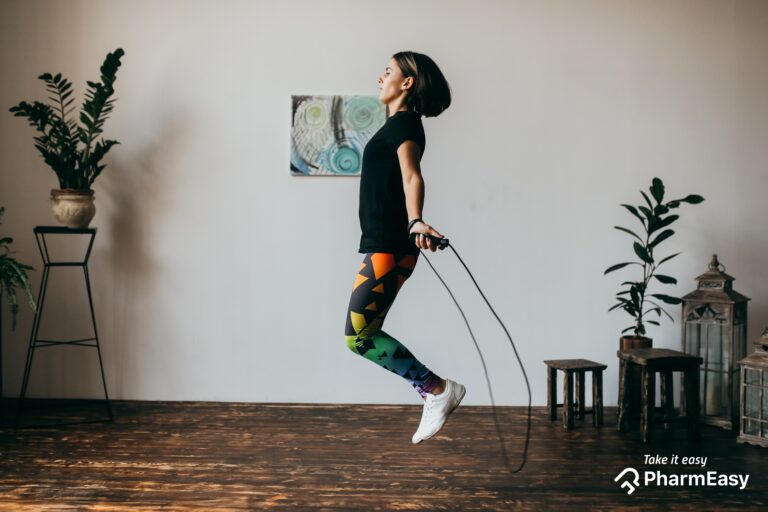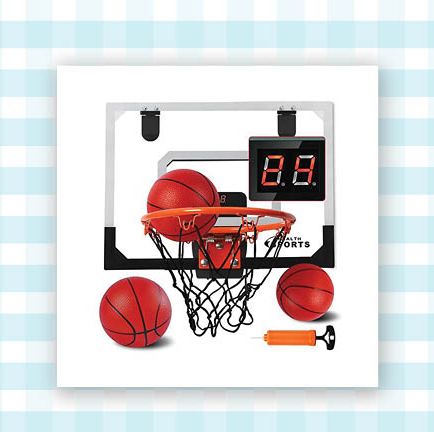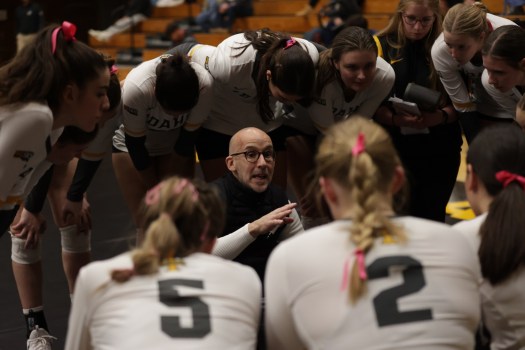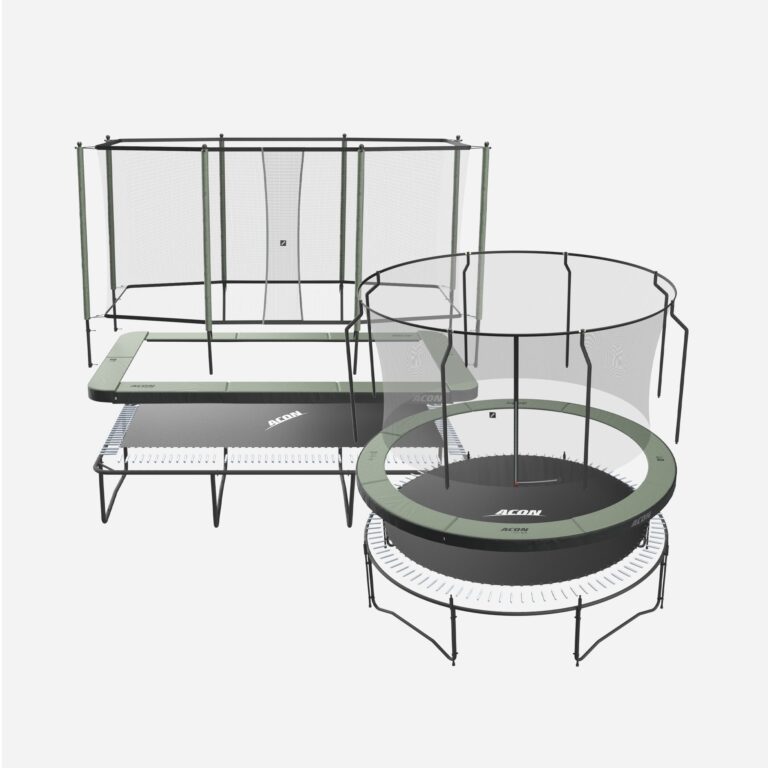Having the right equipment is crucial in stick sports such as hockey, lacrosse, and field hockey. The right equipment not only enhances performance but also ensures the safety of the players. In stick sports, the equipment used can greatly impact a player’s ability to handle the stick, shoot accurately, and protect themselves from injuries. Therefore, it is essential to choose the right equipment that suits your playing style, skill level, and position.
Choosing the Right Stick: Factors to Consider
When it comes to choosing the right stick, there are several factors to consider. The length and weight of the stick are important considerations as they can affect a player’s ability to handle the stick and maneuver on the field. A stick that is too long or heavy can make it difficult to control the ball or puck, while a stick that is too short or light may not provide enough power for shooting.
Flexibility is another important factor to consider when choosing a stick. A stick with more flex can provide more power in shots, while a stiffer stick offers more control. The blade curve is also an important consideration as it affects a player’s ability to handle the ball or puck. Different curves offer different advantages, such as better control or increased accuracy.
Lastly, a player’s skill level and position should also be taken into account when choosing a stick. Beginners may benefit from a stick with more forgiveness and control, while advanced players may prefer a stick with more power and responsiveness. Additionally, different positions may require different types of sticks, such as longer sticks for defensemen in hockey or shorter sticks for forwards.
Understanding Stick Materials: Wood, Composite, and More
Sticks are made from various materials, each with its own pros and cons. Wood sticks were traditionally used in stick sports but have been largely replaced by composite sticks. Wood sticks are known for their durability and affordability, but they tend to be heavier and less responsive compared to composite sticks. Composite sticks, on the other hand, are lighter and offer better performance, but they can be more expensive.
Composite sticks are made from a combination of materials such as carbon fiber, fiberglass, and Kevlar. These materials provide increased strength, flexibility, and responsiveness. They also offer better energy transfer, allowing players to generate more power in their shots. However, composite sticks can be more prone to breaking compared to wood sticks.
There are also hybrid sticks available that combine the benefits of both wood and composite materials. These sticks offer the durability of wood with the performance benefits of composites. They are a popular choice among players who want the best of both worlds.
The choice of stick material ultimately depends on a player’s playing style and preferences. Players who prioritize durability and affordability may opt for wood sticks, while those who value performance and responsiveness may prefer composite sticks.
The Lowdown on Stick Grips: Tape, Wax, and Other Options
| Stick Grip Option | Pros | Cons |
|---|---|---|
| Tape | Provides good grip, customizable, easy to replace | Can leave residue on stick, may need to be replaced frequently |
| Wax | Provides excellent grip, long-lasting, doesn’t leave residue | Can be messy, may need to be reapplied during game, not customizable |
| Rubber Grips | Provides good grip, durable, doesn’t leave residue | Not customizable, can be expensive, may not fit all sticks |
| No Grip | Lightweight, no need to replace or maintain | May slip during play, less control over stick |
Having a good grip on the stick is essential for stick sports. It allows players to have better control over the stick and prevents it from slipping out of their hands during gameplay. There are several options available for stick grips, including tape, wax, and other specialized grips.
Tape is a popular choice for stick grips as it provides a comfortable and tacky surface. It also helps absorb moisture from sweat, preventing the stick from becoming slippery. Tape can be applied in various ways to suit a player’s preferences, such as adding extra grip at specific areas or creating a knob at the end of the stick for better control.
Wax is another option for stick grips that provides a tacky surface. It is applied directly to the stick and creates a thin layer that enhances grip. Wax grips are known for their durability and longevity compared to tape grips.
There are also specialized grips available that are designed to enhance grip and control. These grips are made from materials such as rubber or silicone and provide a non-slip surface. They are often pre-cut to fit the shape of the stick and can be easily applied and removed.
When choosing a stick grip, it is important to consider personal preferences and playing style. Some players may prefer the feel of tape, while others may prefer the durability of wax or specialized grips. It is also important to regularly replace worn-out grips to maintain optimal performance.
Protective Gear: Helmets, Gloves, and Shin Guards
Protective gear is essential in stick sports to prevent injuries and ensure the safety of players. Helmets are one of the most important pieces of protective gear as they protect the head from impact and reduce the risk of concussions. It is important to choose a helmet that fits properly and meets safety standards.
Gloves are another important piece of protective gear that protect the hands and wrists from injuries. They provide padding and support, allowing players to confidently handle the stick and protect themselves from slashes or hits. It is important to choose gloves that fit properly and provide adequate protection without compromising mobility.
Shin guards are also crucial in stick sports as they protect the shins from slashes or hits from sticks or balls. They provide padding and support, reducing the risk of injuries. It is important to choose shin guards that fit properly and cover the entire shin area.
When choosing protective gear, it is important to consider the level of play and position. Higher levels of play may require more advanced protective gear that offers better protection and durability. Additionally, different positions may require different types of protective gear, such as longer gloves for defensemen in hockey or shorter gloves for forwards.
Footwear: Cleats vs. Sneakers

Proper footwear is essential in stick sports as it provides traction, stability, and support on the playing surface. Cleats are commonly used in outdoor stick sports such as field hockey and lacrosse. They have specialized studs or spikes on the sole that provide better grip on grass or turf surfaces. Cleats offer better traction and prevent slipping, allowing players to move quickly and change direction with ease.
Sneakers, on the other hand, are commonly used in indoor stick sports such as hockey. They provide a flat and non-marking sole that allows players to move smoothly on the playing surface. Sneakers offer better flexibility and comfort compared to cleats, making them ideal for fast-paced indoor gameplay.
When choosing footwear, it is important to consider the playing surface and personal preferences. Cleats are ideal for outdoor play on grass or turf surfaces, while sneakers are suitable for indoor play on smooth surfaces. It is also important to choose footwear that fits properly and provides adequate support to prevent injuries.
Clothing: Breathable Fabrics and Proper Fit
Wearing the right clothing is important in stick sports as it affects comfort, mobility, and performance. Breathable fabrics are essential as they wick away moisture and keep players cool and dry during gameplay. Fabrics such as polyester or nylon with moisture-wicking technology are ideal for stick sports as they allow sweat to evaporate quickly.
Proper fit is also crucial when it comes to clothing in stick sports. Clothing that is too tight can restrict movement and hinder performance, while clothing that is too loose can get caught on sticks or other players. It is important to choose clothing that fits properly and allows for a full range of motion.
Layering is also important in stick sports as it allows players to adjust their clothing according to the weather conditions. Wearing multiple layers of lightweight clothing allows players to add or remove layers as needed to maintain optimal comfort.
Accessories: Bags, Water Bottles, and Other Must-Haves
In addition to the essential equipment, there are other accessories that can enhance the playing experience in stick sports. Bags are essential for carrying and storing equipment. They come in various sizes and designs to accommodate different types of equipment and personal preferences. It is important to choose a bag that is durable, spacious, and has compartments for organized storage.
Water bottles are also essential in stick sports to stay hydrated during gameplay. It is important to choose a water bottle that is durable, leak-proof, and easy to carry. Insulated water bottles are ideal for keeping drinks cold during hot weather.
Other accessories that can enhance the playing experience include grip enhancers, equipment drying racks, and equipment repair kits. Grip enhancers such as grip spray or powder can provide extra tackiness and improve grip on the stick. Equipment drying racks allow players to properly dry their equipment after use, preventing the growth of bacteria or unpleasant odors. Equipment repair kits are useful for fixing minor damages or wear and tear on sticks or protective gear.
Maintenance and Care: Keeping Your Equipment in Top Shape
Proper maintenance and care are essential for keeping your equipment in top shape and prolonging its lifespan. Regular cleaning is important to remove dirt, sweat, and bacteria from your equipment. Sticks can be cleaned with a damp cloth or mild soap, while protective gear can be wiped down with disinfectant wipes.
Proper storage is also crucial to prevent damage to your equipment. Sticks should be stored in a cool and dry place, away from extreme temperatures or humidity. It is also important to store sticks horizontally or vertically to prevent warping.
Regular inspections are important to identify any damages or wear and tear on your equipment. Sticks should be checked for cracks or splinters, while protective gear should be checked for tears or loose padding. Damaged equipment should be repaired or replaced immediately to ensure safety during gameplay.
Investing in Quality Equipment for a Better Playing Experience
In conclusion, having the right equipment is essential in stick sports for better performance and safety. Choosing the right stick, understanding stick materials, and using the right grip can greatly enhance a player’s ability to handle the stick and shoot accurately. Wearing proper protective gear, choosing the right footwear and clothing, and using essential accessories can ensure the safety and comfort of players during gameplay.
Investing in quality equipment is important for a better playing experience. Quality equipment not only offers better performance but also lasts longer, saving you money in the long run. It is important to choose equipment that suits your playing style, skill level, and position. Regular maintenance and care are also crucial to keep your equipment in top shape and prolong its lifespan.
By investing in quality equipment and taking proper care of it, you can enjoy stick sports to the fullest while staying safe and performing at your best.
If you’re interested in stick sports, you might also want to check out this article on Off to Sports about the best sports to photograph. Capturing the action and intensity of stick sports like field hockey or lacrosse can be a thrilling challenge for photographers. From capturing the perfect shot of a player’s stick handling skills to freezing a moment of intense competition, this article provides valuable insights and tips for capturing stunning images on the field. So, grab your camera and explore the world of stick sports through the lens! (source)
Where Can I Find Essential Stick Sports Equipment Highlighted in Your Guide?
For those seeking topquality stick sports equipment, look no further than specialized sporting goods stores and reputable online retailers. These sources provide a diverse range of gear tailored to enhance performance and durability. From hockey sticks to lacrosse essentials, you’ll find everything needed to excel in your favorite stick sports.

